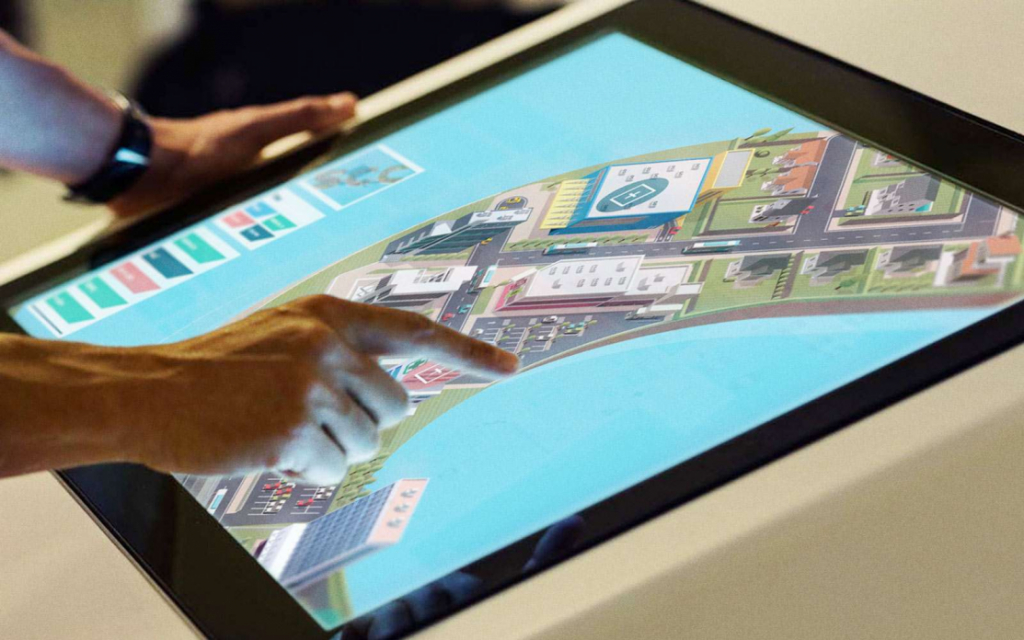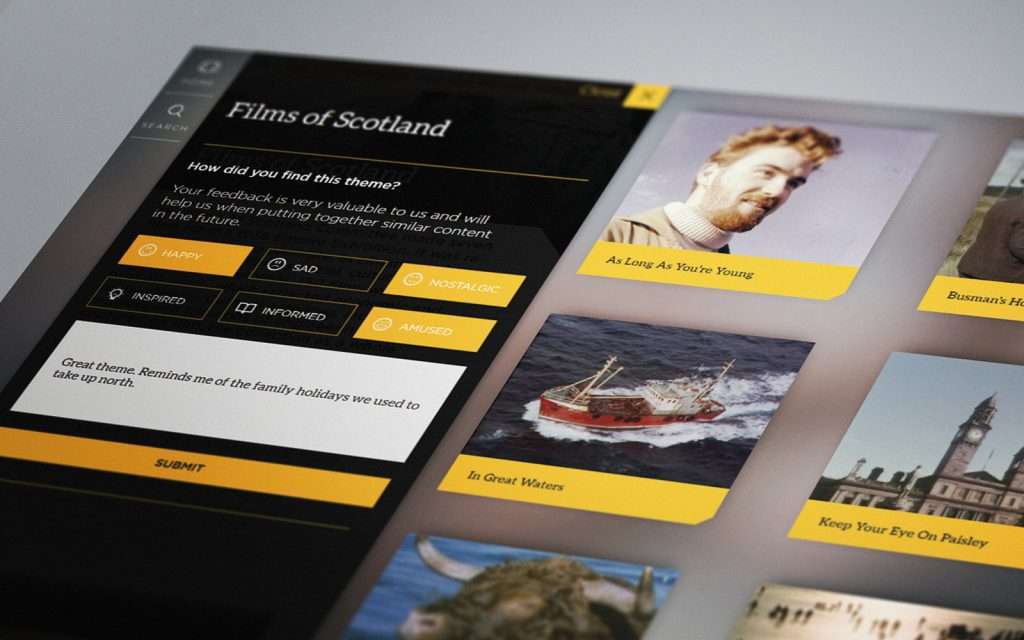Transform every stage of your customer journey framework with revenue enablement.
By definition, revenue enablement aligns different customer-facing teams to improve the customer journey. This can result in better visibility, more consistent customer experiences, and enhanced sales performance. In this article, we’ll take a closer look at how it applies throughout the customer journey framework.
What exactly is a customer journey framework?
By now, most people are familiar with the customer journey – a series of steps customers go through before making a purchase. So, what is the customer journey framework?
In simple terms, it’s the system you put in place to manage that journey. Rather than letting customers go through the motions, it’s about actively identifying each touchpoint.
Having a customer journey framework gives you a better understanding of how business and revenue is generated, at a high level. It also allows you to home in on problem areas within your customer journey, whether that’s a pain point in marketing or a sales bottleneck.
A typical customer journey framework includes the following steps:
- Discovery – Potential customers become aware of your brand through organic discovery, paid advertising or other means.
- Interaction – After discovery, businesses aim to encourage customers to interact with them. That could be setting up a call, requesting a quote or simply using their site to find out more.
- Conversion – Converting individuals or businesses from visitors or prospects to paying customers.
- Engagement – You might think conversion is the final step. But engagement is arguably more important, building loyalty and even advocacy with an ongoing customer relationship.
Mapping revenue enablement to the customer journey stages
It’s often cited how revenue enablement aims to maximize revenue at every stage of the customer journey – which you can learn more about in our introductory guide on revenue enablement. Below, we’ll look specifically at each stage of the customer journey and how revenue enablement applies.
1. Discovery
Discovery sets the wheels in motion when it comes to revenue. Bringing together all customer-facing teams within an organization gives you a wealth of insights into how customers are discovering and interacting with your brand. Crucially, it can also reveal how they aren’t discovering or interacting with your brand, highlighting weak points in your marketing strategy.
2. Interaction
Revenue enablement isn’t just about alignment. It can streamline the sales process by connecting different touchpoints. For example, a standard interaction from a customer might be requesting a call then waiting for a response.
With revenue enablement, you can start conversion from their first interaction. Let prospects download a brochure or watch a product demonstration to take them a step closer to conversion before even speaking to your sales representatives.
Or perhaps it’s just a case of bringing the two together. Can the sales team get back to the customer quicker to bring conversions that little bit closer to the interaction stage?
3. Conversion
Here’s where revenue enablement really shines. Converting prospects into customers is one of the biggest challenges for lots of different businesses.
Revenue enablement empowers sellers with insights from the discovery and interaction stages. That could be as simple as knowing which part of the website a prospect landed on or something discussed when they first got in touch.
With the right tools, your sales team can then personalize pitches or sales presentations based on the needs or pain points of each customer.
4. Engagement
Revenue enablement recognizes that customer acquisition costs more than retention. Rather than focusing on maximizing sales alone, it’s also vital to engage customers you already have and keep them coming back for more.
How? Proper onboarding is key, ensuring the experience is tailored to the needs and preferences of each buyer. Again, this knowledge can be garnered from touchpoints earlier in the customer journey.
You’ll also need the right tools to make that personalization possible – which is where POP comes into its own…
Implement revenue enablement across your customer journey framework with POP
While there are countless reasons why brands should implement revenue enablement, POP gives you the tools you need to employ revenue enablement throughout every stage of your customer journey. Our intuitive platform acts as a single source of truth for all of your content, allowing you to create unique experiences that showcase your products and brand to prospects in the best way possible.




Get a head start with an immersive interaction or convert customers with personalized experiences which sales reps can adapt to each conversation. The platform also makes onboarding easy with 3D product models and configurators, which make complex concepts simple.
From downloads and views to interactions, everything is tracked to give you invaluable insights into each customer. That enables you to make data-driven decisions about everything from discovery onwards.
Find out how to maximize sales and success with the Revenue Enablement way >
Add POP to your customer journey!
If you’re ready to enable revenue throughout your customer journey, POP is on hand to help. Watch our introduction video below or book a demo to get better acquainted with the POP platform. You can also call us on +44 (0)117 329 1712 or email hello@popcomms.com to talk more about your customer journey framework.
Related Posts

3 Examples of Revenue Enablement Tools & Tech
Read

The Future of Revenue Enablement
Read

Revenue Vs. Sales Enablement: What’s the Difference?
Read

How POP’s Platform Can Help with Revenue Enablement
Read